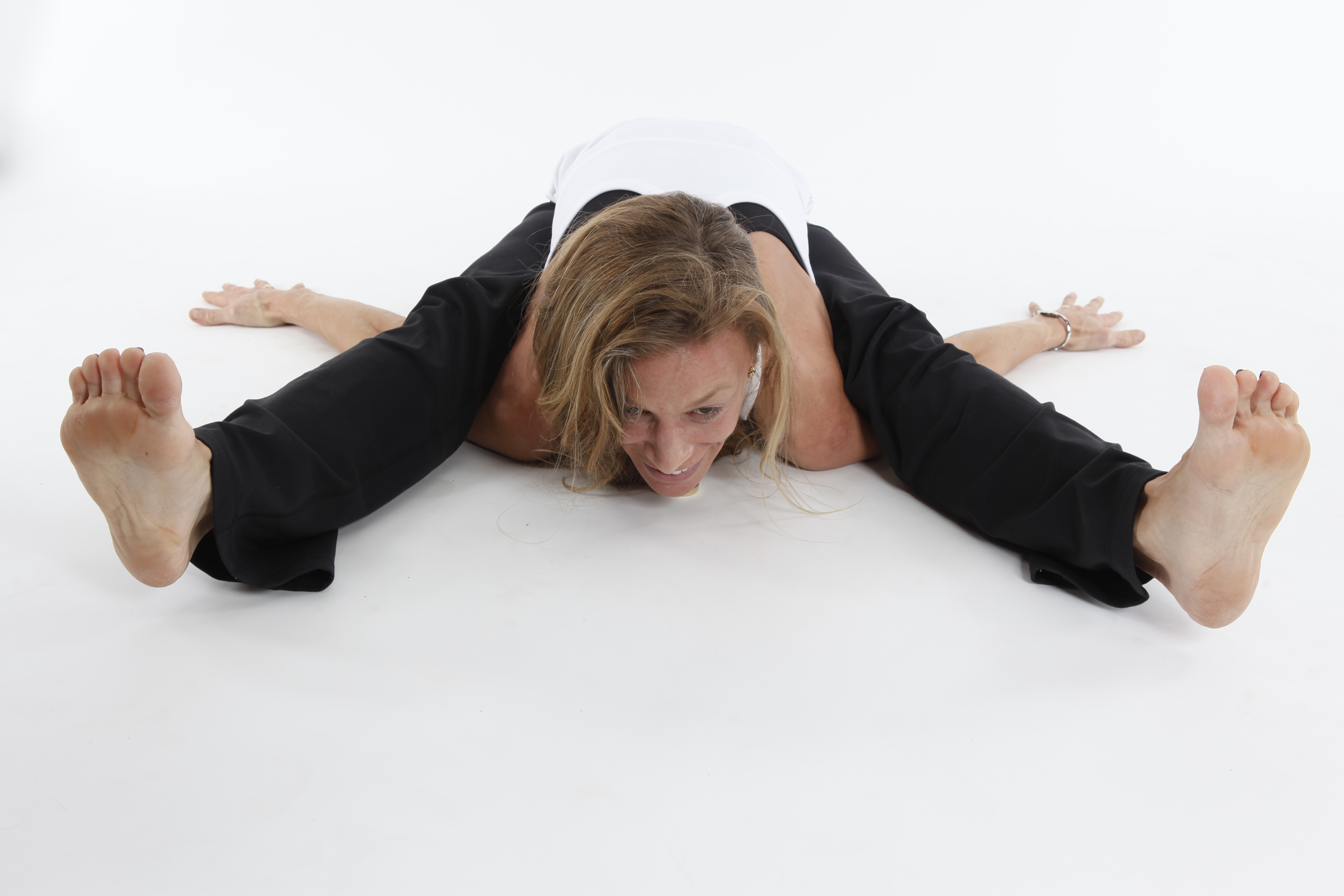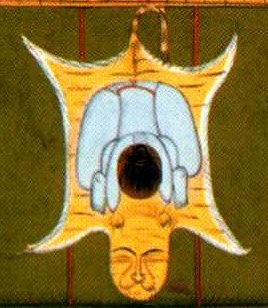Kurmasana on:
[Wikipedia]
[Google]
[Amazon]
 Kurmasana ( sa, कूर्मासन;
Kurmasana ( sa, कूर्मासन;
 The name comes from the Sanskrit कूर्म ''Kūrma'', "
The name comes from the Sanskrit कूर्म ''Kūrma'', "

 Kurmasana ( sa, कूर्मासन;
Kurmasana ( sa, कूर्मासन; IAST
The International Alphabet of Sanskrit Transliteration (IAST) is a transliteration scheme that allows the lossless romanisation of Indic scripts as employed by Sanskrit and related Indic languages. It is based on a scheme that emerged during ...
: ''kūrmāsana''), Tortoise Pose, or Turtle Pose is a sitting forward bending asana
An asana is a body posture, originally and still a general term for a sitting meditation pose,Verse 46, chapter II, "Patanjali Yoga sutras" by Swami Prabhavananda, published by the Sri Ramakrishna Math p. 111 and later extended in hatha yoga ...
in hatha yoga
Haṭha yoga is a branch of yoga which uses physical techniques to try to preserve and channel the vital force or energy. The Sanskrit word हठ ''haṭha'' literally means "force", alluding to a system of physical techniques. Some haṭha ...
and modern yoga as exercise
Yoga as exercise is a physical activity consisting mainly of postures, often connected by flowing sequences, sometimes accompanied by breathing exercises, and frequently ending with relaxation lying down or meditation. Yoga in this form has ...
.
Etymology and origins
 The name comes from the Sanskrit कूर्म ''Kūrma'', "
The name comes from the Sanskrit कूर्म ''Kūrma'', "turtle
Turtles are an order of reptiles known as Testudines, characterized by a special shell developed mainly from their ribs. Modern turtles are divided into two major groups, the Pleurodira (side necked turtles) and Cryptodira (hidden necked t ...
" or "tortoise" and आसन ''Āsana'', "posture" or "seat".
Uttana Kurmasana is described in the ancient, c. 7th century '' Ahirbudhnya Saṃhitā'', revised from American Academy of Religions conference, San Francisco, 19 November 2011. and illustrated in the 19th century '' Jogapradipika'' and ''Sritattvanidhi
The ''Sritattvanidhi'' (, "The Illustrious Treasure of Realities") is a treatise written in the 19th century in Karnataka on the iconography and iconometry of divine figures in South India. One of its sections includes instructions for, and ill ...
''.
The modern Kurmasana is described in B. K. S. Iyengar
Bellur Krishnamachar Sundararaja Iyengar (14 December 1918 – 20 August 2014) was an Indian teacher of yoga and author. He is founder of the style of yoga as exercise, known as " Iyengar Yoga", and was considered one of the foremost yoga guru ...
's 1966 ''Light on Yoga
''Light on Yoga: Yoga Dipika'' (Sanskrit: योग दीपिका, "Yoga Dīpikā") is a 1966 book on the Iyengar Yoga style of modern yoga as exercise by B. K. S. Iyengar, first published in English. It describes more than 200 yoga posture ...
''. Iyengar states that the asana is dedicated to Kurma
Kurma ( sa, कूर्म; , 'Turtle', 'Tortoise'), is the second avatar of the Hindu preserver deity, Vishnu. Originating in Vedic literature such as the Yajurveda as being synonymous with the Saptarishi called Kashyapa, Kurma is mo ...
, the tortoise incarnation of the god Vishnu
Vishnu ( ; , ), also known as Narayana and Hari, is one of the principal deities of Hinduism. He is the supreme being within Vaishnavism, one of the major traditions within contemporary Hinduism.
Vishnu is known as "The Preserver" withi ...
.
Description
To enter kūrmāsana a practitioner sits with the legs outstretched, feet as wide apart as possible. The knees are bent slightly, keeping the heels in contact with the floor. The body is leaned forward from the hips and the hands slid under the knees. The body leans forward (bending at the hips) to allow the hands and arms to slide sideways and backward (under the knees) until the elbows lie near the back of the knees. The heels are pushed forward and legs are straightened as much as possible. The forehead or chin is brought to touch the floor. The arms are further brought around the back to interlock the hands under the buttocks.
Variations
Supta Kurmasana (Sleeping Tortoise Pose) has the forehead on the floor, the feet crossed behind the head, and the arms reaching around the legs, hands clasped behind the back. Uttana Kurmasana (Upside-Down Tortoise Pose) has the arms threaded through the crossed legs as inKukkutasana
Kukkutasana ( sa, कुक्कुटासन; IAST: ''Kukkuṭāsana''), Cockerel Pose, or Rooster Posture is an arm-balancing asana in hatha yoga and modern yoga as exercise, derived from the seated Padmasana, lotus position. It is one of t ...
(Cockerel Pose), the back on the ground, and the palms of the hands on the neck.
See also
*Garbha Pindasana
Garbha Pindasana ( sa , ङर्भ Pइण्डआसन, IAST: ''Garbha Piṇḍāsana''), Embryo in Womb Pose, sometimes shortened to Garbhasana, is a seated balancing asana in hatha yoga and modern yoga as exercise.
The pose is identical t ...
- the same limb positions as Uttana Kurmasana, but with the body upright, balancing
* List of asanas
References
Sources
* * * * * {{DEFAULTSORT:Kurmasana Sitting asanas Forward bend asanas Medieval Hatha Yoga asanas